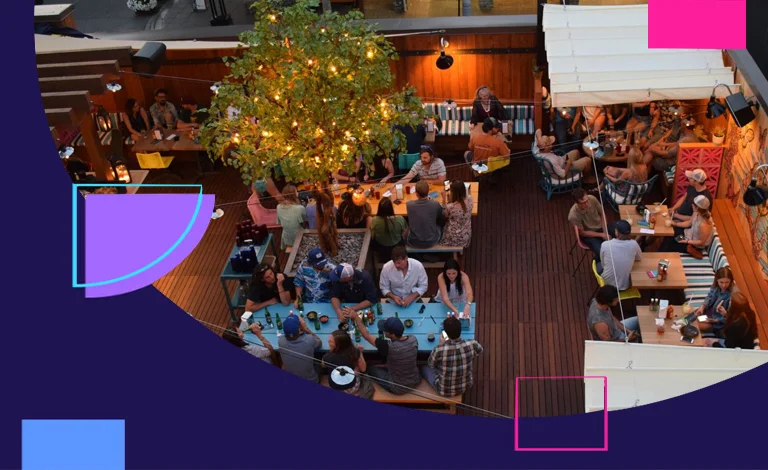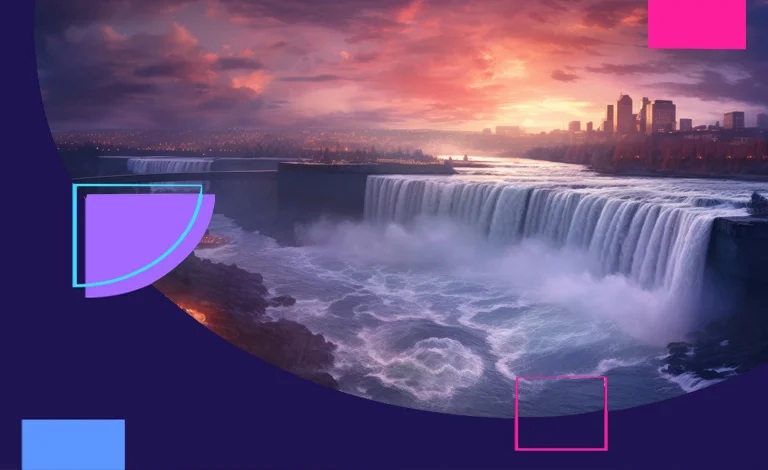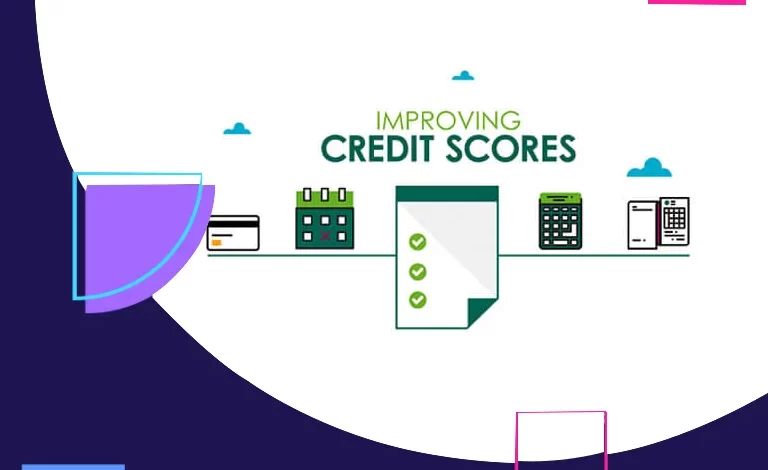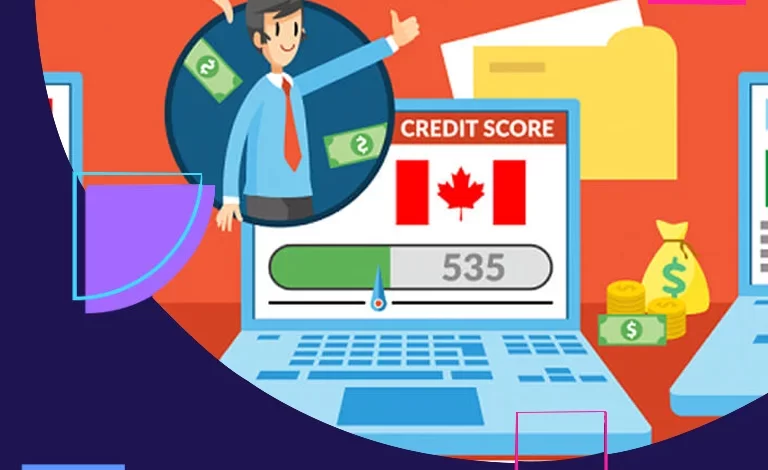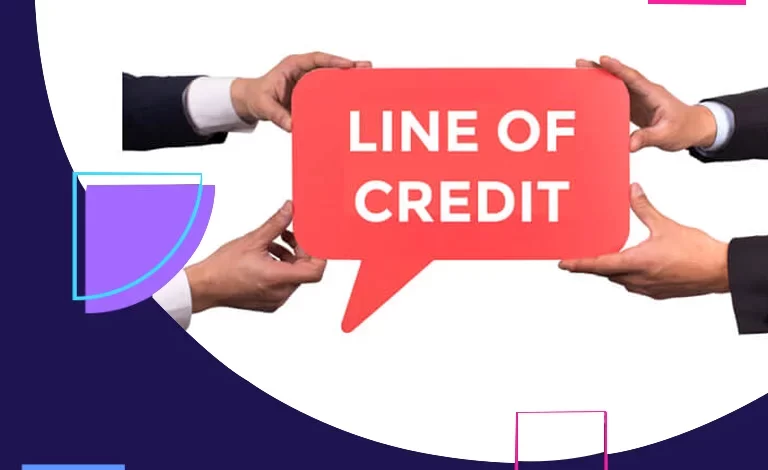
A line of credit lets you borrow money whenever you want. It helps with things like planned home projects or surprise car fixes.
What is a Line of Credit (LOC)?
A line of credit is like a safety net for sudden costs, fixes, or money shortages. You can borrow from it whenever you’re short on cash.
The market has two main choices for money aid: a loan or a line of credit. A loan offers borrowers a lump sum and charges interest without delay, no matter when you use the money. However, a line of credit provides a certain amount of money you can borrow when necessary. But you only pay interest when you use that loaned amount.
Regular personal lines of credit don’t require collateral, while secured ones use assets like your home or savings. Applying for a line of credit with good credit scores may get you a lower yearly interest rate. Certain credit lines have fees and borrowing limits.
Once approved for the Credit Line, you’ll have a “draw period” to withdraw the money. This withdrawal period can also be years. You might get checks, a card, or bank transfers to access the funds.
When you start using money from your line of credit, interest begins, and you must do at least a minimum payment. These payments add to your available credit. After the draw period, a repayment time starts. Paying just the minimum may lead to higher long-term interest costs.
Pros and cons of a Line of Credit
A line of credit is good for quick money, but only for some. Think about the pros and cons before applying:
Pros
- Fast access to money: A line of credit lets you borrow money anytime in your draw time. Depending on your lender, get it from your bank branch, online, or app.
- Help avoid over-drafting your account: If you’re anxious about spending too much, some banks allow using a LOC as overdraft protection. It adds safety if you write checks or fear overdrawing your account.
- Better rates available than credit cards: A line of credit usually has lower interest rates than a credit card cash advance. The rate depends on your loan provider and credit history.
- No need for assets: Unlike HELOC, a personal line of credit doesn’t need your home as collateral. It’s good if you need a home or car to use.
- Pay back only for what you borrow: LOC only needs payment once you take money out. You can withdraw any amount within your limitations and pay only for what you’ve taken with interest.
Cons
- Rates are higher: A HELOC uses your home or car as collateral, so rates are lower. Personal LOC is unsecured, so rates are higher.
- Difficult approval with bad credit or low credit history: Since a personal credit line has no collateral, lenders need trust you’ll repay. Bad credit history makes getting one more complicated.
- Over-borrowing risk: In your draw time, borrow up to the limit. After, refund what you borrowed plus interest. Without a plan, over-borrowing risk.
- Variable interest rates: A personal line of credit often has a variable interest, so it’s hard to know the total interest.
Types of Line of Credit
Three kinds of credit lines exist personal, business, and HELOC.
👉 Personal
A personal line of credit is for personal expenditure. It can help if you earn irregular income and make managing your money trouble-free.
👉 Business
For small business owners needing money for operations, a business line of credit is a flexible funding source. It covers expenses and gets approved and funded faster than regular loans. It can be secured or unsecured.
👉 HELOC
HELOC uses your home’s equity for cash. It’s secured like a second mortgage but risky – home loss if you don’t pay. Paying comfortably gets lower rates—a fixed-rate option for stable costs.
What is the risk of a Line of Credit?
While a line of credit might seem convenient, reconsider these three risks:
- No Repayment terms:Unlike a loan, a line of credit lacks fixed payments or terms. Managing and prioritizing repayment becomes tricky. The payoff might extend without discipline—missed payments down your scores with the credit agencies.
- To-high interest rates:A line of credit has higher interest than a personal loan, making the total cost of the funds more expensive.
- Variable interest rate:With a variable interest rate on a line of credit, payments can change due to rate fluctuations. It makes budgeting and financial control challenging.
When not to use a line of credit?
- If you can’t handle payments or your income is uncertain, a credit line might not be wise—missing payments hurt credit. Secured lines could mean losing collateral.
- If you have a precise amount in mind and don’t want collateral, an unsecured personal loan might offer better rates depending on your credit.
- It isn’t wise if you’re using the credit line for everyday needs or non-essential matters like vacations, which might cause financial issues and new debt.
When to use a line of credit?
An unsecured credit line can merge small debts into one payment with a lower APR. No collateral is needed, but terms and creditworthiness matter.
If you need money for big projects like home improvement or education, a secured line like HELOC could work if you’re sure you can repay. HELOC interest can also show for tax-deductible.
Line of Credit vs Credit Card
Credit cards and lines of credit work alike. They’re both a type of flexible credit where you can spend according to your ability, payback (with interest), and spend again.
But credit cards and lines of credit are different. Lenders provide them, but they have realistic differences.
| Line of credit | Credit card | |
| Potential fees |
|
|
| Accessing and using funds |
|
|
| Interest | Interest on borrowed money is calculated by adding a lender’s prime rate and a percentage. It accrues from borrowing until fully repaid. | The variable rate, often about 19%, applies if you don’t fully pay your bill each month. Interest is charged, but a typical 21-day grace period exists. |
| Rewards | None. | Rewards points, sign-up bonuses, cash back. |
| Insurance coverage | None. | Auto rental insurance, extended warranty, purchase protection, travel insurance. |
| Contributes to credit history | Yes. | Yes. |
Some Frequently Asked Questions (FAQs) :
How to apply for a line of credit?
To apply for a Line of Credit (LOC) in Canada, follow these steps:
- Research Lenders
- Check Eligibility and gather documents
- Visit the lender then complete Application
- Wait for Approval, lender credit check to assess your creditworthiness
- Review lender’s offer and accept
- Verification and Documentation
- Approve credit limit and Start Using
How does LOC impact my credit score?
When you apply for a credit line, the lender might check your credit reports, which can slightly drop your credit scores for a while. If you use a lot of the credit line, your usage rate could increase, decreasing your credit rating.

Compare, Apply, Save!
We understand the challenging financial situations. That is why, we strive to improve your lifestyle by providing best rage of loans at low rates to suit your needs.
Compare now*Timing might be varied. T&Cs apply. Applying won't affect your credit score


